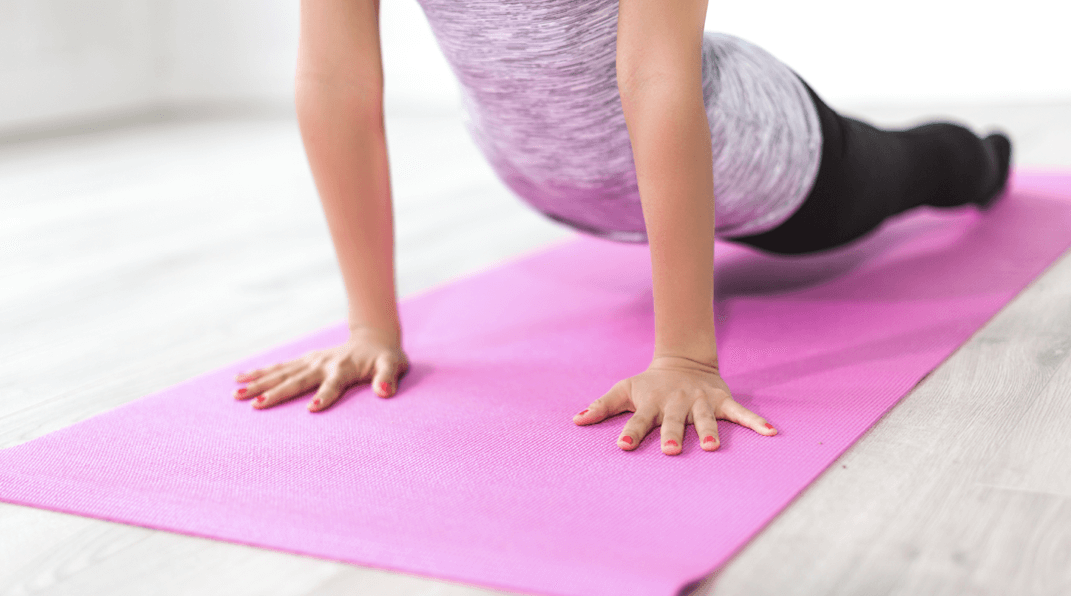When most of us hear the term “Pilates”, we more than likely think of a gym, exercise mats, group fitness classes, instructors, simple movements, home DVDs or something similar. And while none of those things are wrong, Pilates and its precise movements are much more than an exercise. At Absolute Rehab Centre, our team uses Pilates as a means of rehabilitation for our patients. What some people consider simple actions are actually precise movements and routines that can be used to strengthen specific areas of the body after an injury.
In this article, we’ll discuss what Pilates is, why it’s used as a rehabilitation practice and the benefits of Pilates in physical therapy. In the end, if you any questions we encourage you to reach out to us by phone or email and a member of our team would be more than happy to help.
What is Pilates?
Centralized around our body’s core muscles, Pilates is the overarching term for mind-body techniques. Its primary purpose is to encourage the proper movement of the body, but it also helps patients stabilize their core muscles through strength exercises, mobilization techniques, stretching and proper breathing techniques.
There are two types of Pilates, both are focused on the same goals and results listed above, but how they achieve them is where they differ. The first type is Mat Pilates. As you may have already guessed, this type uses nothing but a mat for comfort and the patient’s body. In Mat Pilates, exercises will focus on stretching and mobilization and will use nothing but controlled, precise movements to achieve this. The second type of Pilates is Machine Pilates. And unlike Mat Pilates, Machine Pilates uses weight machines similar to the ones found in most gyms to achieve the end goal. While Mat Pilates is typically focused on flexibility and mobilization, Machine Pilates is focused on strengthening core muscles to achieve the desired results.
Why is Pilates Used in Rehabilitation?
The majority of reoccurring injuries are caused by repeated abnormal movements. This can be as simple as lifting things the wrong way or even sitting in an office chair improperly. This is where Pilates comes in. Unlike other therapy practices that focus on treating the affected area, Pilates is a comprehensive process designed to address, educate and prevent injuries. Starting with the treatment of an injury, Pilates uses precise movements as noted above to help patients rid their bodies of soreness and stiffness and regain proper flexibility and mobility. The next step is education. This applies to both a patient and their muscles. By using precise exercises, Pilates not only treats soreness and stiffness, but it also trains the body and patient to move correctly and in a controlled manner. And by educating the body and patient on proper movement techniques, we also assist with the prevention of future injuries— our third and final part of the Pilates process.
Benefits of Pilates Therapy
There are many benefits to using Pilates as a therapy treatment, but for this article’s sake, we’ve chosen to focus on three of the most beneficial.
Promotes Healthy Joints
The first benefit of Pilates is that it promotes healthy joints. By strengthening and stretching your muscles and joints, Pilates puts patients at less of a risk of developing weak or stiff joints. On top of this, it also helps prevent arthritis— a debilitating joint disease.
Improves Posture
The next benefit of Pilates is its ability to improve a patient’s posture. You know that backache you’ve been treating on a regular basis with pain medication or possibly chiropractic appointments? There’s a chance that it could be prevented or significantly lessened, thanks to the encouragement of proper muscle movement and body awareness that Pilates provides
Treats the Entire Body
Last but not least, the third benefit of Pilates is its ability to treat the entire body. Unlike other therapy treatments that focus on a single area of the body at a time, every time a patient partakes in a Pilates treatment, their entire body gets worked as well. And because all parts of our bodies are connected, this helps to address body pain and stiffness as a whole-body problem rather than merely a leg, arm or neck problem— speeding up recovery times and lessening the risk of the problem reoccurring.
You may be convinced now that Pilates is the therapy treatment for you, but we should also add that while Pilates may sound perfect, it is not necessarily ideal for every patient. To see if Pilates is right for you, we suggest getting in touch with our office to set up a consultation appointment where we can address your specific needs and abilities and determine the best form of treatment for your case.
You can also learn more about our Pilates offerings by visiting our Pilates services page here.

